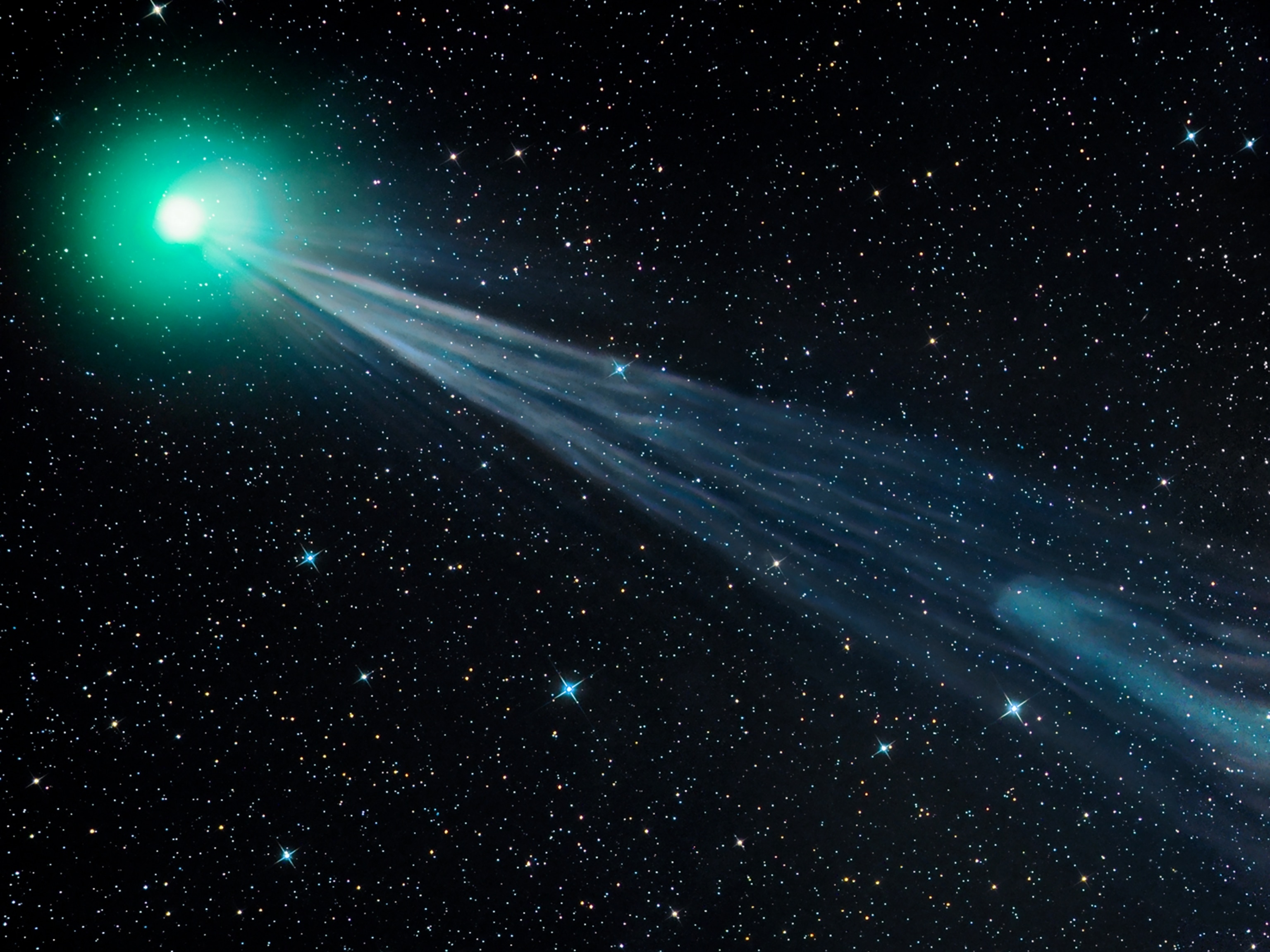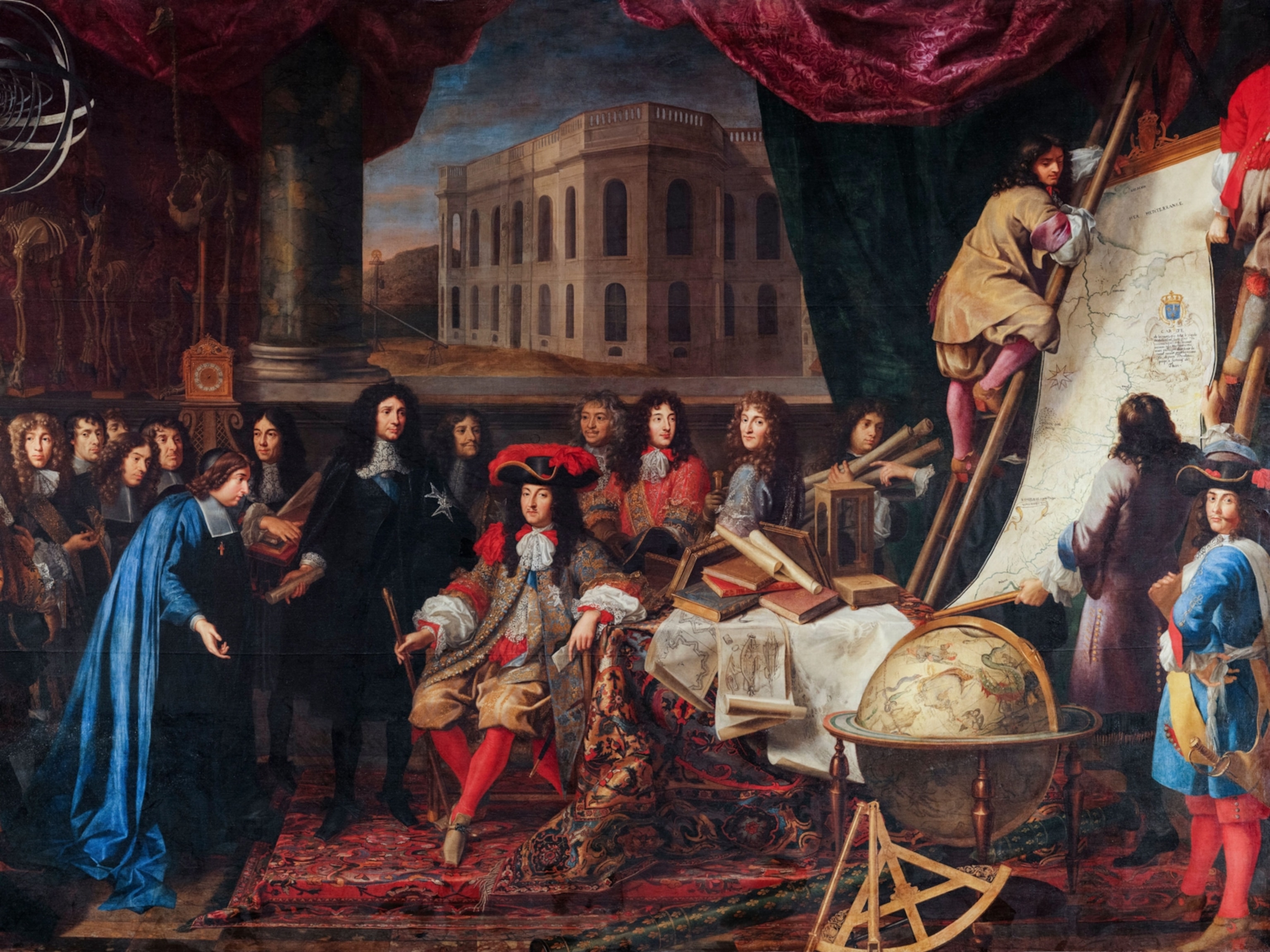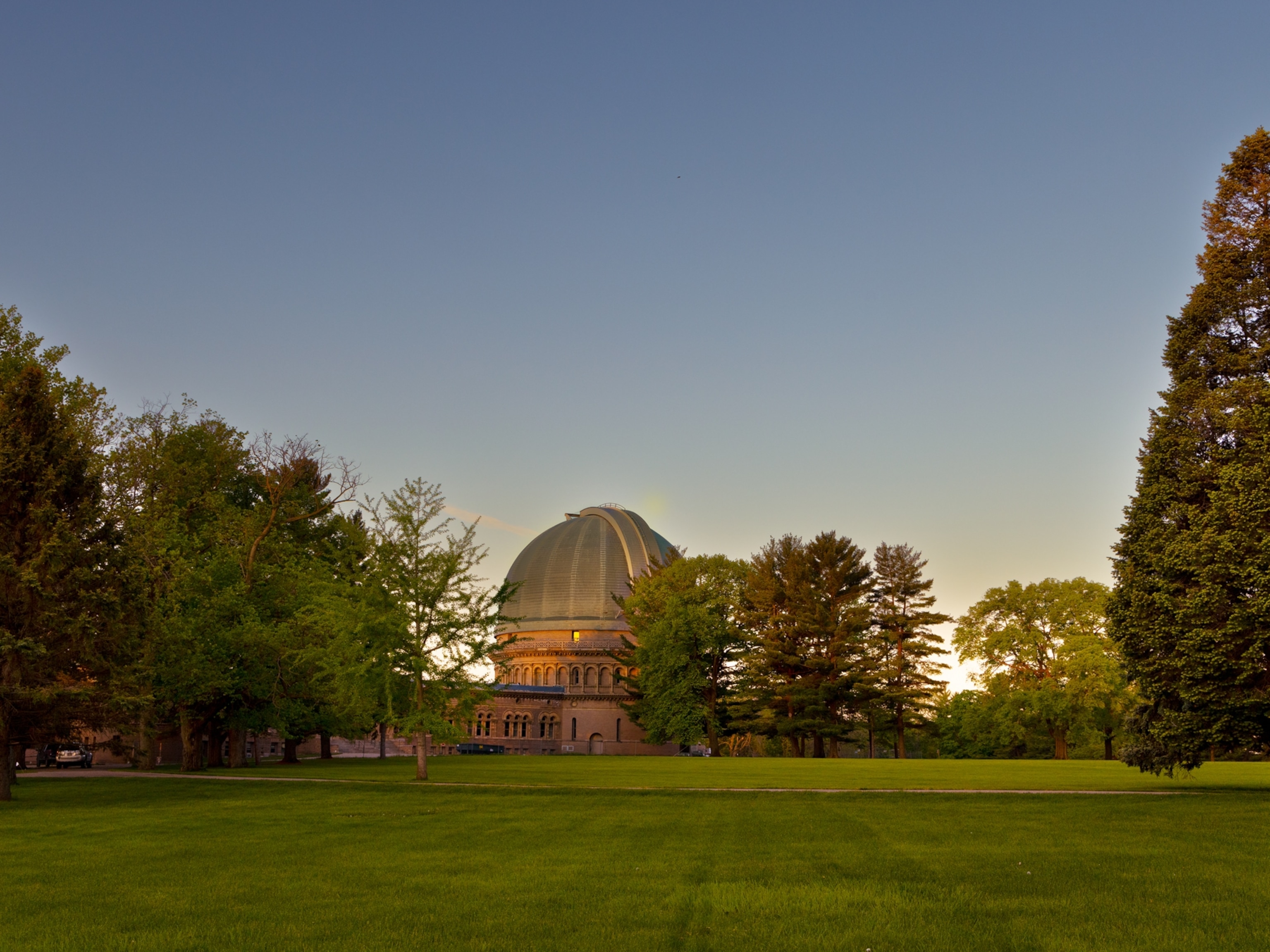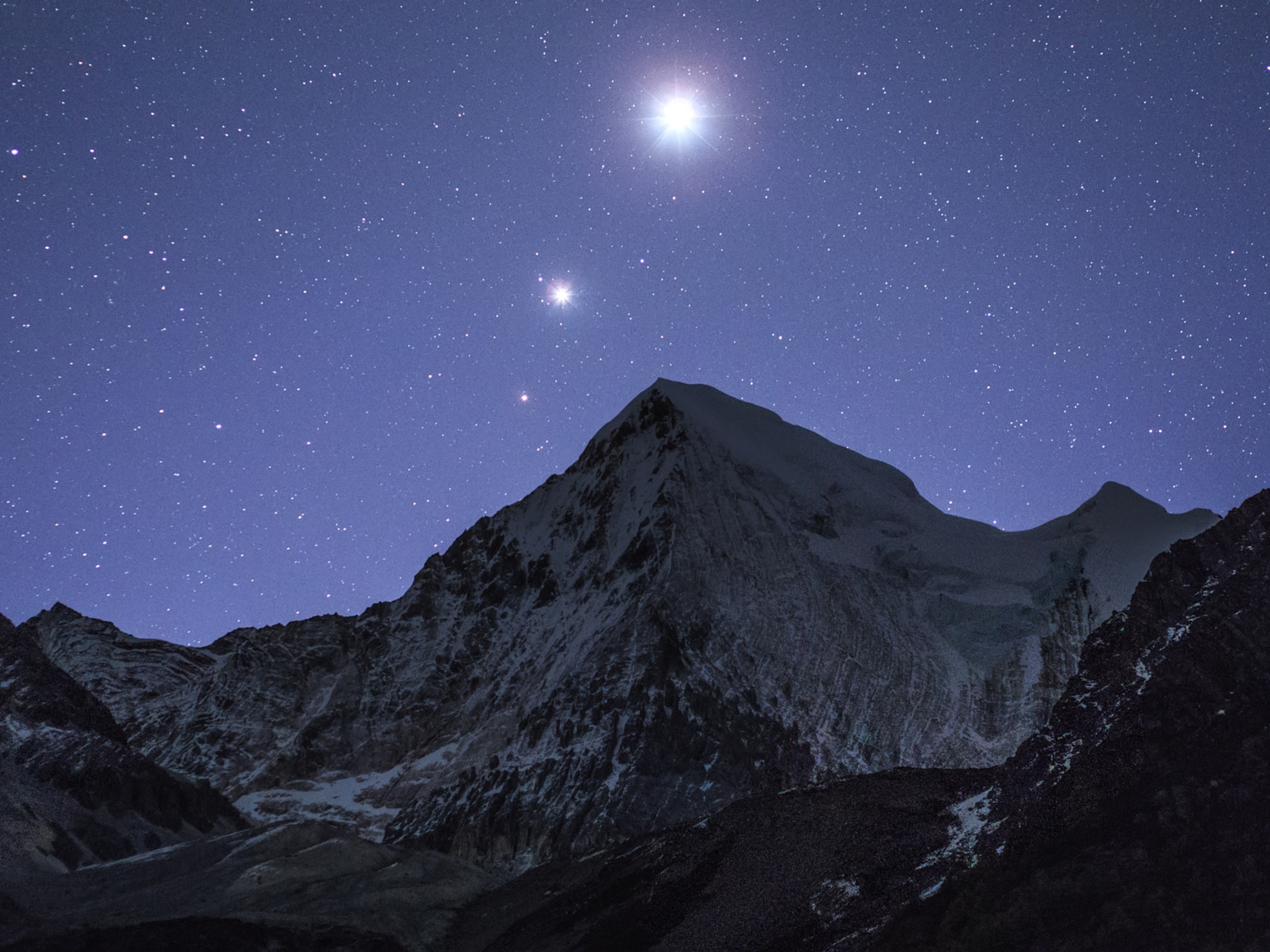Stunning Snapshot Shows Birth of Alien Solar System
A Chilean observatory catches a protoplanetary disk in action.
Talk about your ultimate baby picture! Astronomers have snapped the best image ever seen of the actual birth of new planets around a young, sunlike star.
The astonishingly detailed photo reveals the planet-forming dust disk around the infant star HL Tau. Only one million years old, HL Tau sits in the constellation Taurus, the Bull, and is some 450 light-years from Earth. (Related: "Newborn Star Is Youngest Ever Found.")
Our own Earth was born more than 4.5 billion years ago from a similar "protoplanetary" disk, explaining astronomers' interest in witnessing planetary origins around a nearby star.
The HL Tau disk image turned up thanks to the high-resolution radio imaging capabilities of the Atacama Large Millimeter/submillimeter Array (ALMA). It allowed scientists to view never-before-seen rings separated by gaps in the dust disk. Inside these cleared regions around the newly formed star, planets are currently beginning to form, astronomers believe.
"These features are almost certainly the result of young planet-like bodies that are being formed in the disk," said ALMA Deputy Director Stuartt Corder in a press statement.
"This is surprising since HL Tau is no more than a million years old and such young stars are not expected to have large planetary bodies capable of producing the structures we see in this image."

Ringed Revelations
Until now, the level of dust disk detail seen in this image was possible only in computer models and artistic illustrations of solar systems taking shape. (See "Newborn Planet Found Orbiting Young Star.")
As the new image shows, a disk of rocks and dust ends up settling out over time around infant stars. Planets, moons, comets, and asteroids coalesce from dust disks over millions of years.
As the planet-forming process first unfolds, young planets form and sweep up debris. That clears their orbits, creating the kinds of gaps we see on the ALMA image. At the same time, these growing planetary masses gravitationally corral remaining debris into tight rings on either side of their orbits, which we can also see in the image as concentric rings.
"This new and unexpected result provides an incredible view of the process of planet formation. Such clarity is essential to understand how our own solar system came to be and how planets form throughout the universe," said Tony Beasley, director of the National Radio Astronomy Observatory (NRAO) in Charlottesville, Virginia, which manages ALMA operations for astronomers in North America.
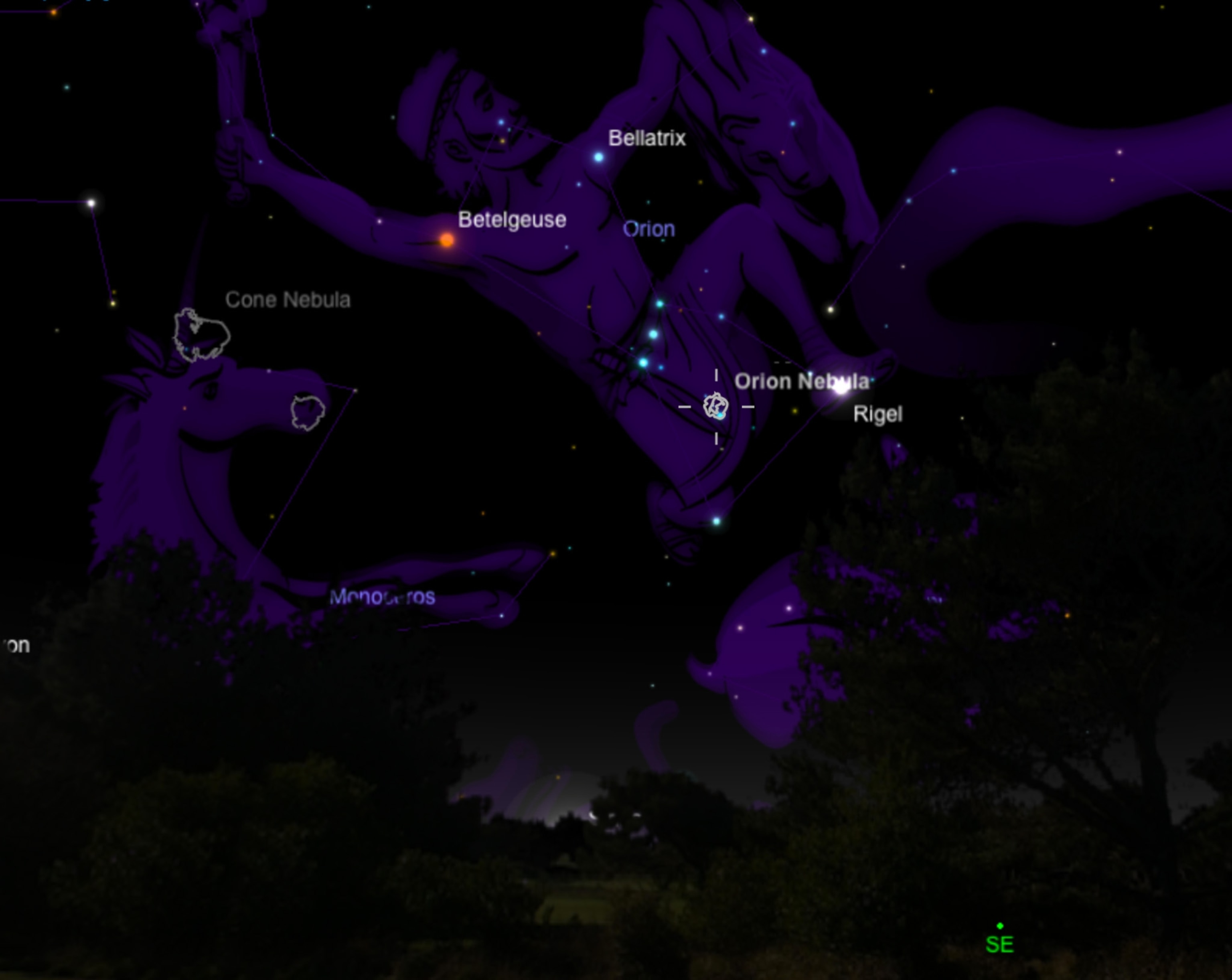
See for Yourself
Since it lies behind a veil of clouds and dust, HL Tau and its protoplanetary disk remains hidden from view in visible light. However, for the backyard sky-watcher, another nest of forming planets is clearly visible even to the naked eye in the neighboring constellation Orion, the Hunter.
Known as the Great Orion Nebula, this grand star factory, located 1,400 light-years away from Earth, is nestled within the constellation Orion, which rises near midnight this week for those in mid-northern latitudes.
Look for a line of three bright stars, the famed belt of Orion. At a right angle below the belt is his sword, which is made up of another, fainter line of three stars. Look closely, and you will notice that the center star in the sword appears fuzzy. That is the Great Orion Nebula.
Even binoculars and the smallest telescope will reveal the Great Orion Nebula, a fan-shaped glowing cloud of fluorescent gas and dust that stretches some 40 light-years across the sky.
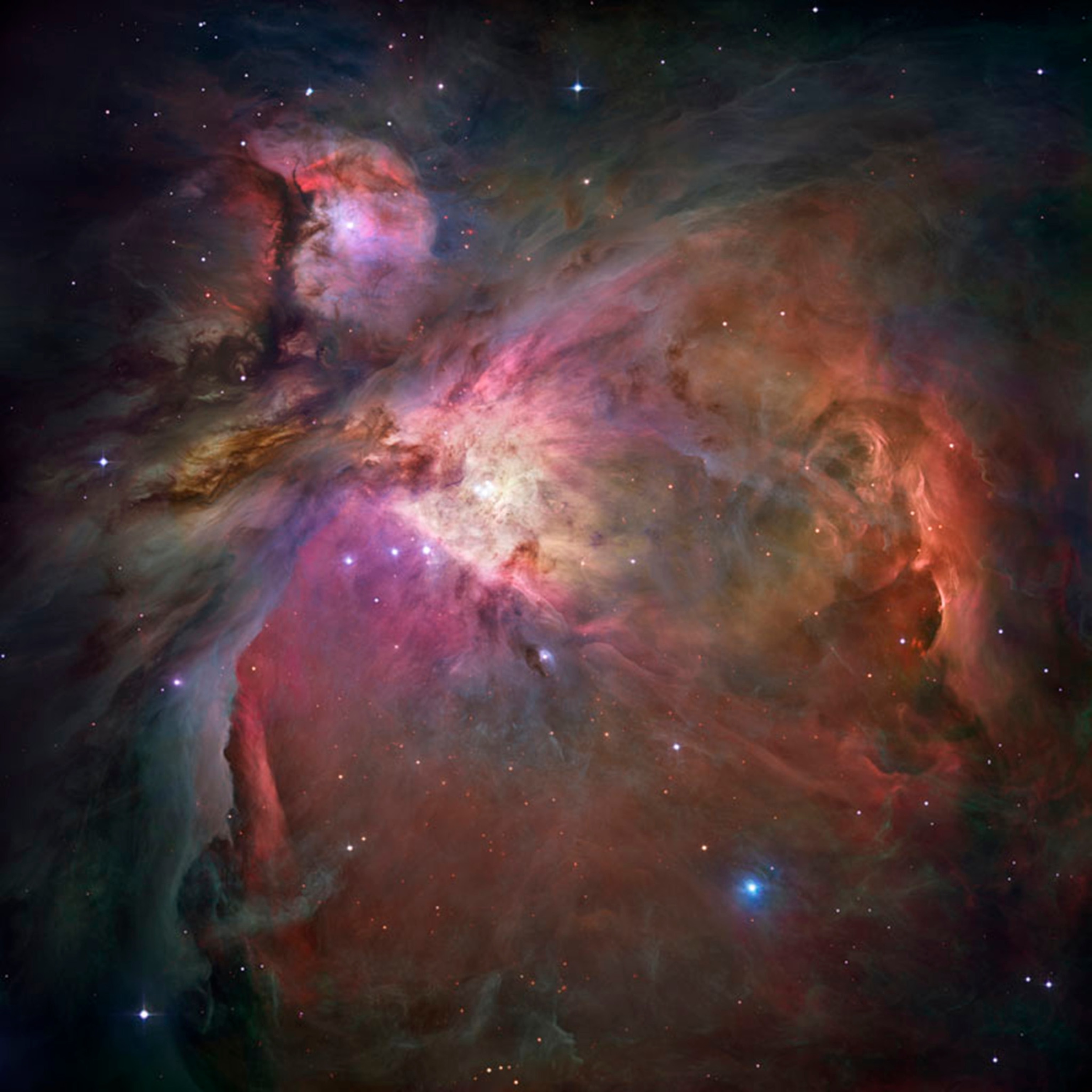
The nebula shines so brightly because of intense radiation bellowing out of four massive baby stars no more than one million years old (our sun is nearly five billion years old), embedded within the center of the cloud.
Recent observations with the Hubble Space Telescope have shown that Orion is home to hundreds of other stellar babies known as proplyds, ones probably only a few thousand years old, that are forming planetary systems much like our own and will shortly come to resemble HL Tau.

